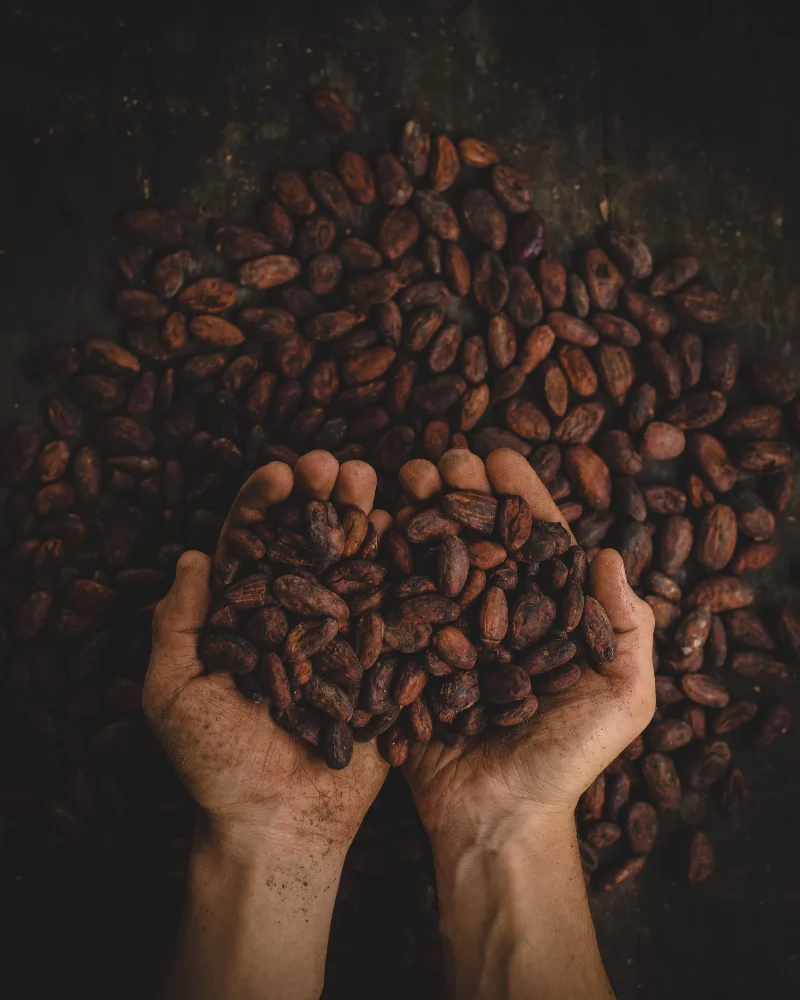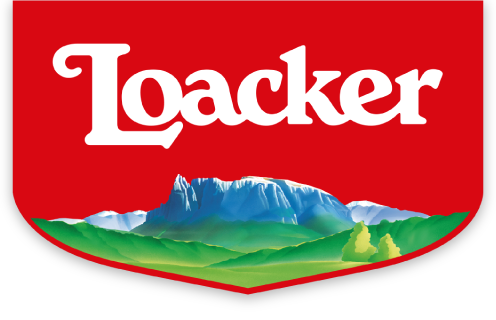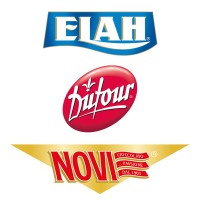Sintesi
The global cocoa market is largely split between upstream production dominated by African nations, particularly Côte d'Ivoire and Ghana which contribute to over 60% of the world production, and the downstream processing controlled by Western multinationals such as Ferrero. Italy is notably a significant player, positioned as the world's fifth-largest cocoa importer and generating a significant domestic market worth 2 billion euros in 2020, with a notable per-household chocolate consumption increase during the lockdown to 4.9 kg. Italian cocoa production, while small (334 tons/year), predominantly feeds into chocolate products with high seasonality, peaking around holidays like Easter.
Main trends include a growing demand for organic and sustainable products, despite only 1% of global cocoa production reported as sustainable. The market is experiencing a consolidation with large companies dominating due to high operating costs and supply control, exemplified by Ferrero's notable market presence. Regulations from EU Directive 2000/36/EC and international agreements aim to protect consumers and ensure sustainable practices, although challenges with deforestation and social issues in producing countries persist.
Italian Chocolate Consumption: Embracing Health and Innovation
In Italy, the evolving consumption patterns of chocolate have manifested themselves in several significant trends that reflect a shift towards health consciousness and a demand for novelty. Organic, vegan, and chocolates boasting natural ingredients have emerged as frontrunners in the market, as evidenced by the preference for these products in roughly half of Italian households. Between 45 and 55 percent of consumers are motivated to select organic options due, in large part, to their perceived health benefits and a heightened concern for safety, quality, and environmental impact. Simultaneously, there has been an upsurge in the popularity of dark chocolate. Nearly half of the chocolate preference among Italians is now leaning towards the richer, more bittersweet profiles of dark chocolate variants.
This shift can be attributed to a growing awareness about health and wellness, given dark chocolate's association with an array of health benefits when consumed in moderation. Chocolatiers and chocolate manufacturers have also been tapping into the consumer's desire for uniqueness and novelty. Offbeat shapes and the use of unconventional ingredients have become selling points for brands aiming to distinguish themselves in a crowded marketplace. Squares, portholes, and a variety of inclusions from salted crackers to unexpected spices like chili peppers are just some examples of the inventive means by which chocolate companies are capturing the attention and curiosity of the Italian market.
Lastly, the Italian penchant for indulgent treats hasn't waned, despite an increased focus on healthier options. The majority of Italians, as indicated by a survey, consume chocolate to enjoy a moment of pleasure. This indulgence is a testament to the enduring love affair between the nation and one of its favorite confectioneries. In summary, the Italian chocolate market is characterized by a dual trend: a pursuit of health-conscious options on one hand, and an appetite for innovative and distinctive chocolate experiences on the other. With conscious consumption and creativity at the helm, the Italian chocolate scene is a dynamic arena of both tradition and transformation.
The Titans of the Cocoa and Chocolate Industry: A Look at Key Market Players
In the dynamic world of cocoa production and chocolate manufacturing, a handful of companies have carved their niches as titans of the industry. These enterprises not only drive innovation and set trends but also influence market structures through their operational scale and strategic positioning. Let's take a closer look at some of these influential market players that have been cited in the preceding text.
- Ferrero Group Hailing from Italy, the Ferrero Group stands tall as a global confectionery powerhouse. Renowned for brands such as Nutella, Kinder, and Ferrero Rocher, the company has a significant footprint in the cocoa processing segment. Ferrero's commitment to sustainability has seen it take initiatives for cocoa traceability and efforts to eradicate child labor, aiming for 100% sustainable packaging and production by 2025.
- Nestlé S.A. Swiss-based Nestlé is one of the largest food and beverage companies in the world, with a diverse product portfolio that includes some of the most beloved chocolate brands. Nestlé has a far-reaching influence that extends from sourcing raw cocoa to delivering an array of chocolate products to global consumers.
- Lindt & Sprüngli AG Another Swiss jewel, Lindt & Sprüngli, is synonymous with premium chocolates. Known for their melt-in-your-mouth Lindor truffles and finely crafted chocolate bars, Lindt continues to be a symbol of quality and indulgence in the confectionery market.
- Loacker S.p.A. Italy's Loacker has won the hearts of consumers with its distinctive range of wafer and chocolate confections. The brand is particularly noted for incorporating crisp, delicate wafers with smooth chocolate, distinguishing itself with a unique textural experience.
- Baratti & Milano An Italian confectioner with a rich history, Baratti & Milano has been a purveyor of fine chocolates and candies since the 19th century. Their commitment to traditional chocolate-making techniques has solidified their reputation among connoisseurs.
- Elah Dufour Novi Group Italian group Elah Dufour Novi brings together historic brands Elah, Dufour, and Novi. This union has bolstered their position in the market, offering a wide range of confectionery products and continuing a tradition of Italian excellence.
per comprendere questo mercato
Dettaglio del contenuto
 Informazioni
Informazioni
- Pagine : 30 pags
- Formato : Versione PDF e digitale
- Ultimo aggiornamento : 06/12/2021
 Riepilogo ed estratti
Riepilogo ed estratti
1 Market Overview
1.1 Definition and presentation
Cocoa is the most important powder obtained after a crushing operation of cocoa beans. The cocoa industry is very clearly divided:
- The upstream part which consists of the exploitation of cocoa plantations and the recovery, drying, roasting and grinding of cocoa beans. This primary upstream industry is the near monopoly of developing countries;
- The primary downstream part that consists of the processing of the raw bean into "cocoa mass," a semi-finished product used by the entire chocolate industry (cleaning, drying, roasting, hulling, and grinding) that sometimes takes place directly at the production site but is much more often prerogative of Western multinationals;
- The downstream secondary part, which consists of the production of chocolate and other by-products that are eventually distributed to final consumers. These secondary and tertiary activities are largely concentrated in developed countries;
Among these key segments of the cocoa value chain is, of course, the transportation industry, particularly the shipping industry, which connects the different geographical areas involved.
The world cocoa market is a globalized market with a functioning typical of commodity markets. The production part is largely concentrated in Africa since Côte d'Ivoire and Ghana alone account for more than one million people 60% of the world cocoa production of more than 4 billion tons . Other key countries in world production are other African countries, South American countries and Indonesia. It should be noted that 80% of world production comes from family plantations of less than 10 hectares.
Downstream of the industry, Europe and the Americas account for an important part of global processing and consumption. It should also be noted that a few Western multinationals control a substantial share of the global end-product market.
The cocoa market in Italy has grown significantly over the past two decades, from 19 percent from 2000 to 2016. In fact, Italy is the world's fifth largest importer of cocoa, accounting for 2.8 percent of global imports. Nevertheless, Italy produces about 334 tons of cocoa per year, which is almost three times the value of imports.
The main Italian player in the first processing of cocoa is Ferrero, which accounted for a 9.5 percent share of the global market in 2016, just behind large international groups such as Mars, Mondelez, and Nestlé.
In recent years, there has been an increase in the consumption of cocoa products and organic chocolate. This trend is motivated not only by consumers' food considerations, but more importantly by their considerations of ethical trade and production in the cocoa supply chain.
Tutti i nostri studi sono disponibili online e in PDF
Ti invitiamo a consultare un esempio del nostro lavoro di studio su altri mercato!
ultime novità
Aziende citate in questo studio
Questo studio contiene un panorama completo di società di mercato con le ultime cifre e le notizie di ogni azienda :
 Perché Scegliere Questo Studio :
Perché Scegliere Questo Studio :
Accedi a più di 35 ore di lavoro
I nostri studi sono il risultato di oltre 35 ore di ricerca e analisi. L'uso dei nostri studi ti consente di dedicare più tempo e aggiungere valore ai tuoi progetti.
Approfitta di 6 anni di esperienza e oltre 1.500 studi settoriali già prodotti
La nostra competenza ci consente di produrre studi completi in tutti i settori, inclusi i mercati di nicchia o emergenti.
Il nostro know-how e la nostra metodologia ci consentono di produrre studi con un valore unico di denaro
Accedi a diverse migliaia di articoli e dati a pagamento
BusinessCoot ha accesso all'intera stampa economica a pagamento e ai database esclusivi per svolgere studi di mercato (+ 30.000 articoli privati e fonti).
Al fine di arricchire i nostri studi, i nostri analisti utilizzano anche indicatori Web (semrush, tendenze, ecc.) Per identificare le tendenze in un mercato e strategie aziendali. (Consulta le nostre fonti a pagamento)
Supporto garantito dopo l'acquisto
Una squadra dedicata al servizio post-vendita, per garantirti un alto livello di soddisfazione. +39 380 247 7810
Un formato digitale progettato per i nostri utenti
Accedi a un PDF ma anche una versione digitale per i nostri clienti. Questa versione consente di accedere a fonti, dati in formato Excel e grafica. Il contenuto dello studio può quindi essere facilmente recuperato e adattato per i tuoi supporti.
 Le nostre offerte :
Le nostre offerte :
the cocoa market | Italy
- Quali sono i dati relativi alle dimensioni e alla crescita del mercato?
- Cosa sta influenzando l'andamento e l'evoluzione del mercato?
- Qual'è il posizionamento degli attori di mercato?
- Segmentazione e profilo delle aziende operanti nel mercato
- Dati e numeri da una molteplicità di fonti
Pacchetto di 5 studi (-15%) IT Italy
- 5 rapporti a 75,6 € IVA esclusa per studio da scegliere dal nostro catalogo italiano per 12 mesi
- Risparmiare il 15% sugli studi aggiuntivi acquistati
- Scegliere il rimborso del credito non utilizzato al termine dei 12 mesi (durata del pacchetto).
Consulta i termini e le condizioni del pack e del rimborso del credito non utilizzato.





 Loacker sempre più nella Tuscia: ingresso in Coopernocciole con Stelliferi & Viconuts per gestire i noccioleti dei Cimini - 09/08/2023
Loacker sempre più nella Tuscia: ingresso in Coopernocciole con Stelliferi & Viconuts per gestire i noccioleti dei Cimini - 09/08/2023

















